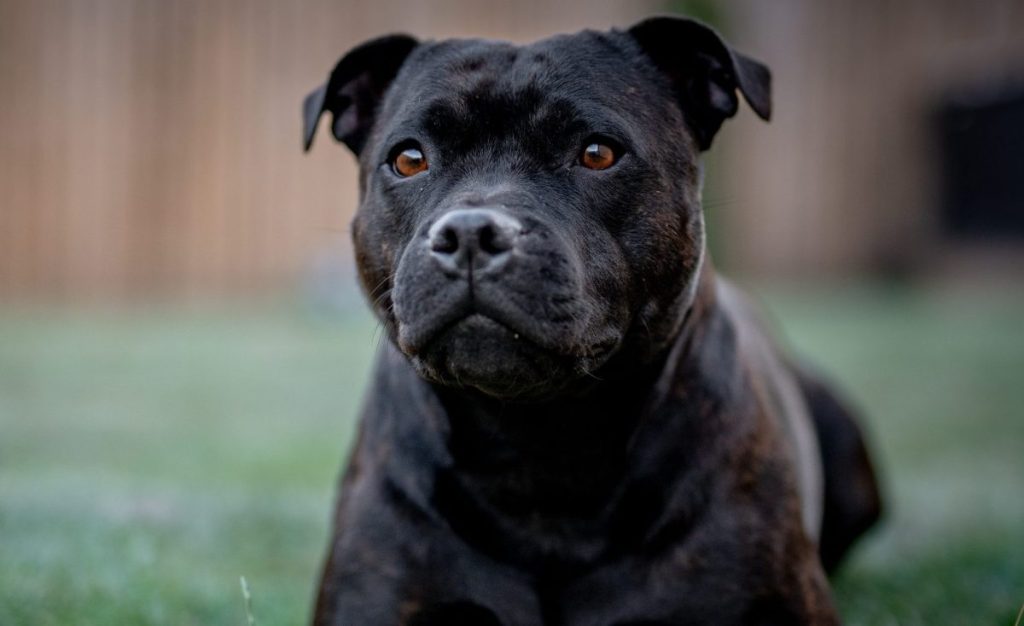The Staffordshire Bull Terrier also called the Staffy or Stafford for short, is a small to medium-sized terrier breed from the United Kingdom. Although developed in the 19th century to be small, fast, fighting dogs, those days are long past. Sadly, this reputation still lingers, and these highly affectionate dogs face much stigma. Even though these are purebred dogs, you will often find…

Staffordshire Bull Terrier
Statistics
Dog Breed Group
Terrier
Height
14 to 16 inches tall at the shoulder
Weight
24 to 38 pounds
Life Span
12 to 14 years
Trending
No content yet. Check back later!